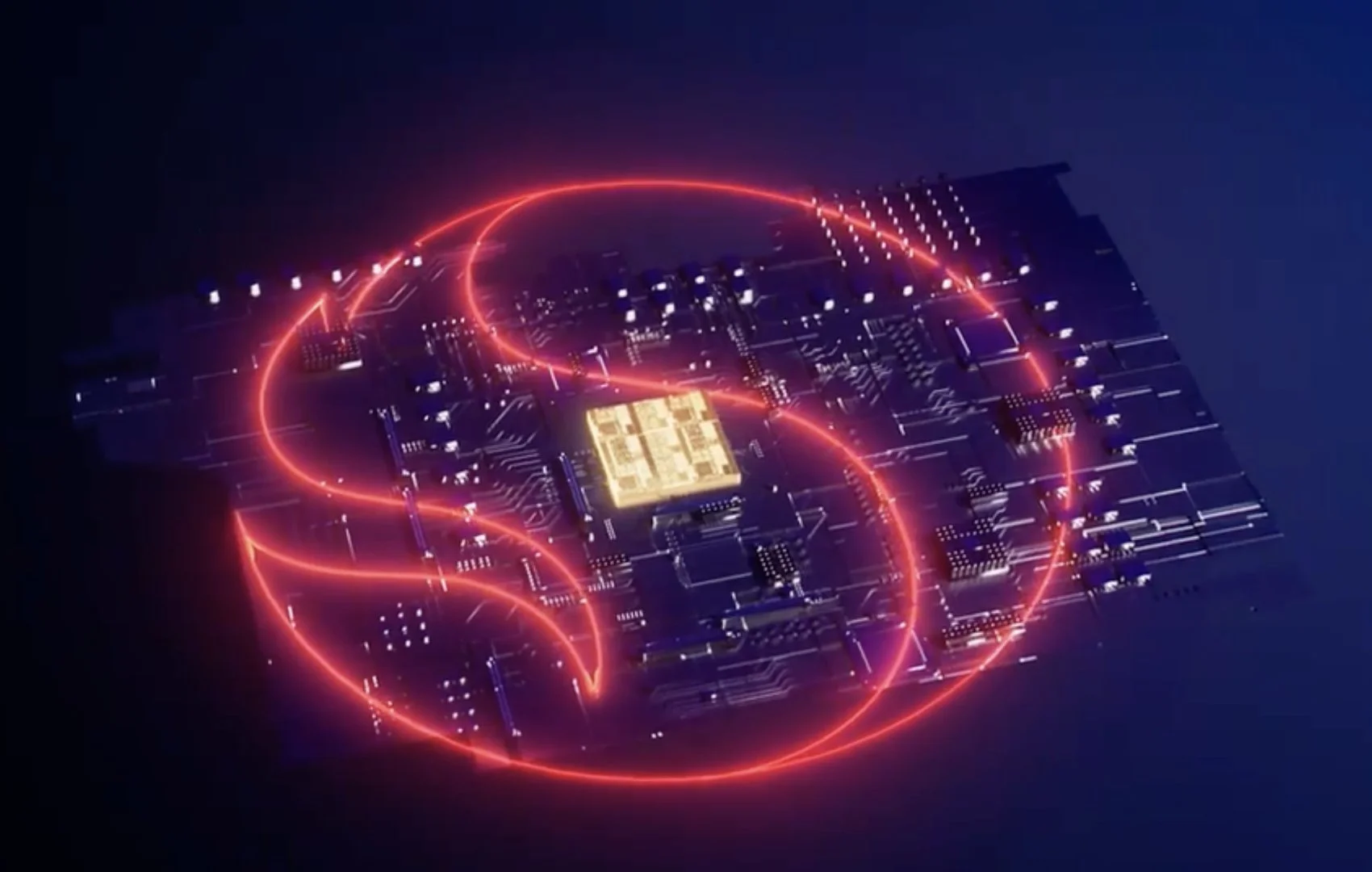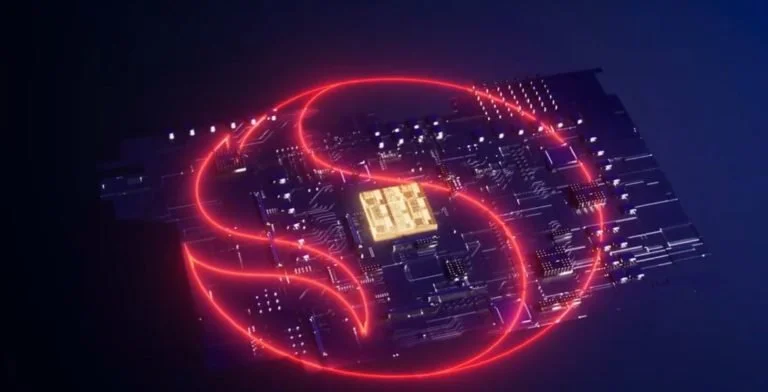Earlier today a report commissioned by Qualcomm was released focusing on the impact of upcoming 5G standards and technology on the global economy. (https://www.qualcomm.com/invention/5g/economy) Qualcomm, along with nearly every major player in the technology and wireless industry, believes that 5G will bring about a new era of connected devices with a combined intelligence far greater than what we can demonstrate on today’s offerings. The 5G Economy was led by research firms IHS Markit and PSB, with outside verification by leading economist and professor Dr. David Teece, director of the Tusher Center at the Haas School of Business, U.C. Berkeley, and principal executive officer of the Berkeley Research Group. The results and tone of the report point towards a substantially more dramatic impact of the move to 5G than we have seen in any previous wireless technology migration.
Many consumers and businesses today not only utilize mobile 4G and 3G technology, but have come to depend on it to drive growth and sustain modern business models. 5G will move mobile wireless connectivity to a new level, hitting the landmark of being considered a General Purpose Technology, a designation given to technologies that change the world. Other GPTs include the printing press, electricity, automobiles, and the internet, putting this new predicted classification into proper context.
Read More










